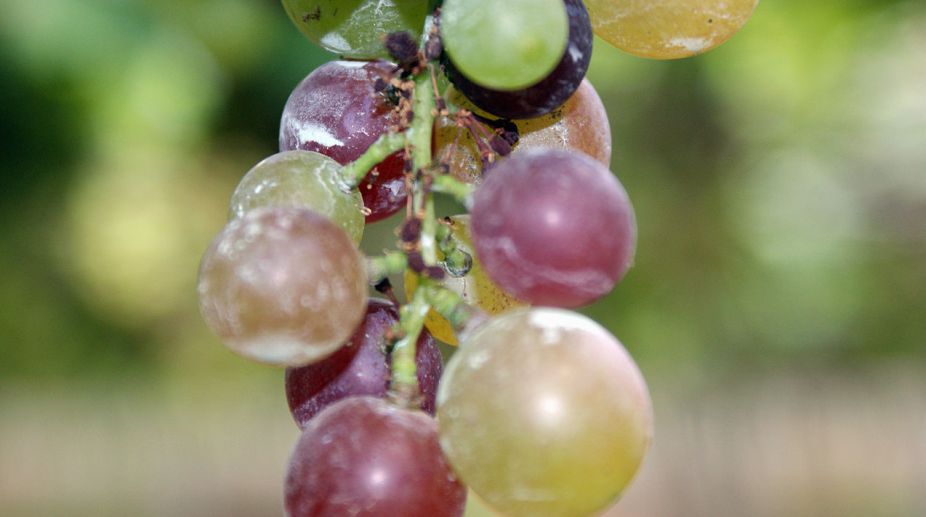Delightful ways to benefit from wonder essential oil – Rosemary
If you have been on the search about which essential oils are necessary for your collection, you may just find your new favourite oil for a host of home remedies

(Photo: Wikimedia Commons)
A compound found in grape seed extract may help prevent tooth decay by strengthening dentin – the tissue beneath the enamel – and increasing the life of dental fillings, a new study has found.
Researchers found that grape seed extract can make composite-resin fillings stronger, allowing them to last longer.
The extract can also increase the strength of the dentin, which comprises the majority of the calcified extracellular tissue of teeth, forming the layer just beneath the hard external enamel.
Advertisement
"One of the possible benefits of using grape seed extract is that it prevents tooth decay," said Ana Bedran-Russo from University of Illinois at Chicago (UIC) in the US.
Dentin is mostly made of collagen, the main structural protein in skin and other connective tissues.
Resins have to bind to the dentin, but the area between the two, or the interface, is a weak point, causing restorations to breakdown, Bedran-Russo said.
Researchers discovered that damaged collagen can repair itself with a combination of plant-based oligomeric proanthocyanidins – flavonoids found in most foods and vegetables – and extracts from grape seeds.
Interlocking the resin and collagen-rich dentin provides better adhesion and does not rely on moisture, they said.
"When fillings fail, decay forms around it and the seal is lost. We want to reinforce the interface, which will make the resin bond better to the dentin. The interface can be changed through the use of new natural materials," Bedran- Russo said.
Secondary caries and margin breakdown are the most frequent causes of failed adhesive restorations, researchers said.
"The stability of the interface is key for the durability of such adhesive joints, and hence, the life of the restoration and minimising tooth loss," Bedran-Russo said.
The study was published in Journal of Dental Research.
Advertisement